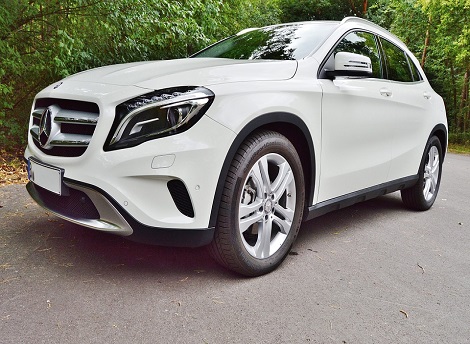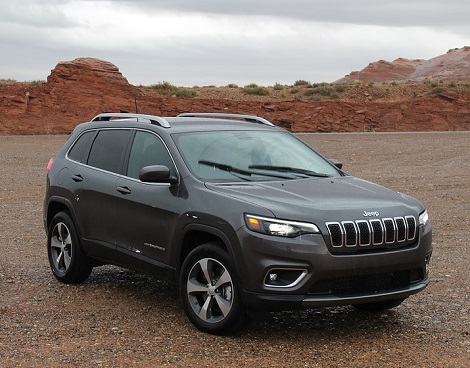Is Your Family Growing? 4 Vehicle Safety Features You Can’t Live Without
As families grow, it’s inevitable that eventually, you’ll need to consider upgrading to a larger vehicle. And with so many to choose from, it can be a bit overwhelming to narrow down the one that’s right for your family.
Before you get down to the fun part of new-car shopping, let’s take a look at some of the most important safety features that are considered “must-haves” when it comes to purchasing your next family vehicle. After all, when it comes to the safety of your little ones (and big kids), sacrificing safety just isn’t going to cut it.
Must-Have Safety Features
* High Crash Rating
No matter what safety features you’re looking for, you’ll need to make sure they all add up to a “good” rating according to criteria established by the Insurance Institute For Highway Safety.
The IIHS conducts thorough research alongside the National Highway Traffic Safety Administration (NHTSA) in order to ensure vehicles are fabricated as safely as possible. You know those commercials you see with the crash test dummies? That’s what we’re talking about here. For your family’s safety, anything less than “good” simply isn’t good enough.
* Automatic Crash Notification
Automatic crash notification is exactly what it sounds like. If you or a member of your family find yourself in a moderate to a severe accident, in which the airbag system is triggered, this system will automatically notify emergency responders that your vehicle’s passengers might be in danger.
Not only will it send your GPS location on your behalf, but it will also activate other safety features, such as unlocking your doors and turning on your hazards. We have enough to worry about as parents, so having fewer things to worry about in the event of an accident goes a long way.
* Full-Surround Airbags
Second to seatbelts, airbags are the most important safety feature option available in vehicles today. Front airbags are standard in every vehicle, but for families, you’ll want a few extra layers of added protection.
Look for a vehicle that comes equipped with side-impact, and front and side curtain airbags. Curtain airbags drop from the ceiling while side-impact airbags are designed to pop out of the back and sides of seats to protect rear passengers.
* Electronic Stability Control
In addition to advanced airbag systems, consider purchasing a vehicle that is in tune with its driver. ESC, or electronic stability control, is a feature that allows your vehicle to make corrections on your behalf.
The IIHS gives this feature credit for reducing fatality rates in single-vehicle crashes by 49%. That’s a 49% higher chance of survival if you hit a deer or come across black ice while traveling with your family, for example. Those odds alone make this feature a must-have.
Top Picks
There is no shortage of vehicles that have the features mentioned, but in case you were wondering, here’s a compilation of some of the top-rated cars available on the market.
Best Car
Nissan Altima
Subaru Legacy
Kia Stinger
Best SUV
Nissan Rogue
Toyota Highlander
Ford Explorer
Best Minivan
Chrysler Pacifica
Honda Odyssey
Toyota Sienna
Other Considerations
* In addition to protection for your loved ones, car insurance companies factor safety features into your final rate. The more features your vehicle has, the lower your rate will be. Who doesn’t like to save money on car insurance?
* Front airbags, child LATCH systems, ESC, and seatbelts are features that are required by law. You won’t find a vehicle manufactured in the last decade that doesn’t come with these features.
* Seatbelts are the number one most important safety feature…but they don’t help if you’re not wearing them. Take care to enforce this rule with EVERY person in your vehicle. It really is a matter of life and death
* Know the law when it comes to your children’s safety. Children under the age of two should remain rear-facing as long as possible. Kids under the age of 12 do not belong in the front seat unless your vehicle doesn’t have a back seat. In this case, the airbag should be off and the seat moved back as far as possible.
* Child safety seats aren’t just convenient, they’re required. Familiarize yourself with safety seat recommendations and don’t cut corners. Improper restraint accounts for nearly 35% of all vehicle fatalities among children under 12.
This guide is not comprehensive, but it offers valuable insight on how you can protect your family in the unfortunate event of a motor vehicle accident. Know the laws in your state and do your part to protect your most valuable asset: your children.

